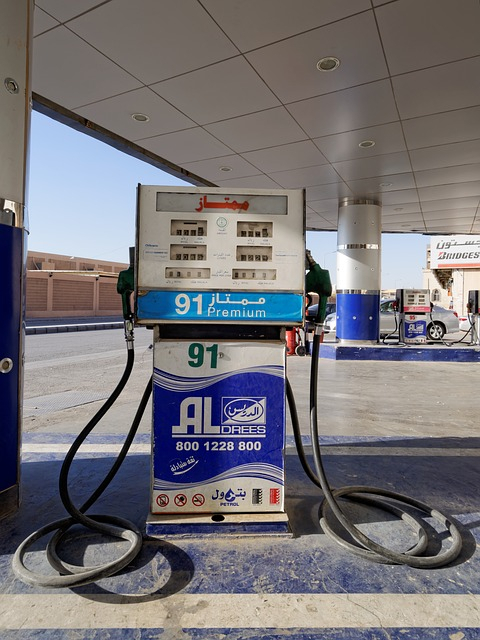Fuel prices in the United States are peaking even as holiday travelers are planning to hit the road in larger numbers. The gasoline prices in the country hit a nine-month peak crude oil prices are climbing amid refiners cutting fuel production due to weak margins.
Prices at the pump topped $2.25 a gallon this week, Reuters reported, citing the American Automobile Association. This is the highest level since March 2029 when COVID-19 was declared a global pandemic. Supplies fell to the lowest in a month at 236.6 million barrels, according to U.S. government data released on Wednesday.
More From Reuters:
U.S. rush-hour traffic this holiday season reached pandemic highs, with a congestion index posting the biggest month-on-month increase since July, according to location technology company TomTom. Still, no U.S. city is above 2019 levels.

Stay-at-home orders to stop the spread of COVID-19 have weighed on fuel demand all year, sinking demand and prices for gasoline and other motor fuels. Refineries are running at average utilization rates below 80% this year, the latest Energy Information Administration data showed.
Major refiners Exxon Mobil Corp and Royal Dutch Shell Plc are trimming output on weak profits. Contributing to the retail price rise: oil has rallied to around 10-month highs as vaccine distributions expand.
"The rise in prices is tied a little bit to holiday travel but mostly to refinery maintenance and the rise in crude oil prices in December," said AAA spokeswoman Jeanette Casselano.
The fuel price increase may not last long into the new year because of low demand in the first quarter, Casselano said.

New refinery cuts coincided with holiday travel, which boosted gasoline demand to about 8.1 million barrels per day (bpd) in the week to Dec. 25, EIA data showed on Wednesday, from 7.6 million bpd at the start of the month.
Inventories are now on par with year-ago levels, said Julie Torgersrud, an analyst at consultants Rystad Energy. More than 500,000 bpd of U.S. crude distillation capacity was removed in 2020 and reductions will expand in the new year, Torgersrud said.
"We expect refinery runs to plateau around their current level, 14.1 million (bpd), for the rest of 2020 and into the first weeks of 2021, which suggests that inventories will likely start to build as vacation traveling dampens," she added.








